When we think of dinosaurs, “giant” usually comes to mind — but what about “smart”? While not known for brains as big as their bodies, some dinosaurs were surprisingly intelligent. Thanks to fossilized skulls, braincase scans, and modern comparative anatomy, paleontologists are uncovering which species may have been the cleverest of the Mesozoic era.
This article explores how scientists measure dinosaur intelligence, which species had relatively large brains, and how behavior might reflect prehistoric problem-solving — with a spotlight on Troodon, often considered one of the smartest non-avian dinosaurs.
- How Do Scientists Measure Dinosaur Intelligence?
- Meet the Contenders: Dinosaurs with Big Brains
- Troodon: The “Einstein” of Dinosaurs?
- Ornithomimus: The Ostrich Mimic with a Keen Mind
- Comparison between Troodon and Ornithomimus
- Other Potentially Smart Dinosaurs
- Brainy Doesn’t Always Mean Big
- Did Dinosaur Intelligence Influence Survival?
- Why We’re Still Learning
- FAQ
- Which dinosaur was the smartest?
- How do scientists measure dinosaur intelligence?
- Were any herbivorous dinosaurs intelligent?
- Are birds more intelligent than their dinosaur ancestors?
- Did intelligence help dinosaurs survive?
How Do Scientists Measure Dinosaur Intelligence?
Because brains don’t fossilize, researchers estimate intelligence using an indirect but useful ratio: the Encephalization Quotient (EQ). This compares an animal’s estimated brain mass to what’s expected for its body size. The higher the EQ, the more “brainy” the species may have been relative to its bulk.
CT scans of fossilized skulls allow paleontologists to reconstruct brain cavities and estimate volume. While not perfect, this method helps place dinosaurs on the intelligence spectrum alongside modern reptiles and birds.
Meet the Contenders: Dinosaurs with Big Brains
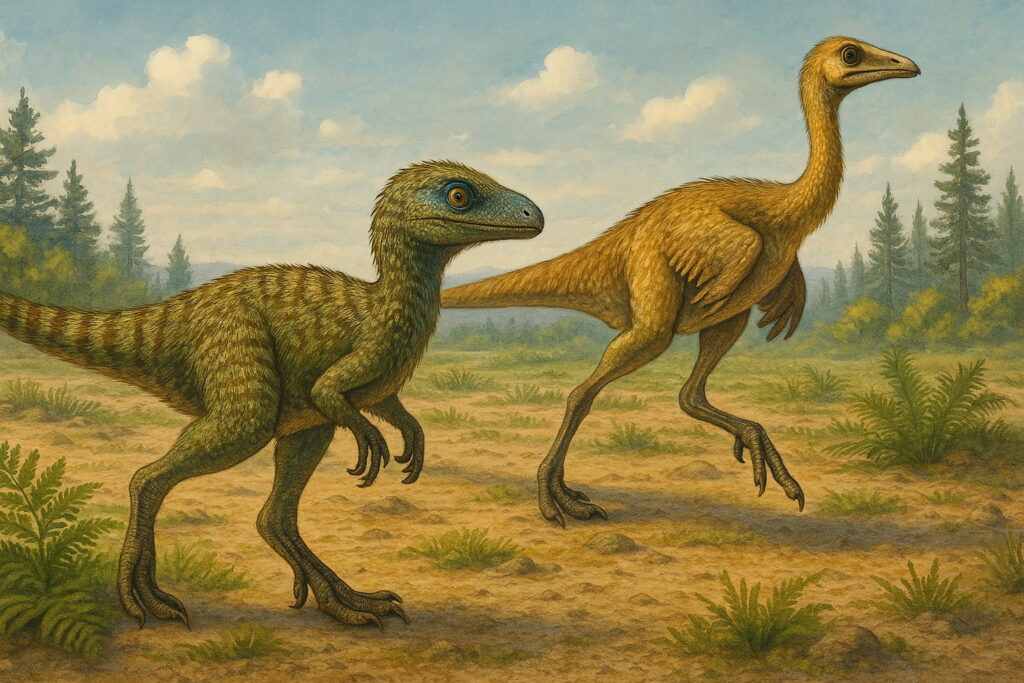
Troodon: The “Einstein” of Dinosaurs?
Troodon tops most lists when it comes to dinosaur smarts. This small, birdlike theropod had one of the highest EQs of any known non-avian dinosaur. It lived about 75 million years ago in what is now North America.
Troodon had large, forward-facing eyes — suggesting good depth perception — and a brain-to-body ratio comparable to modern birds. It may have hunted in low-light conditions and could have used advanced senses to track prey.
Some scientists have even speculated (in thought experiments) that if Troodon had not gone extinct, it might’ve evolved intelligence rivaling humans — though this is more science fiction than science.
Ornithomimus: The Ostrich Mimic with a Keen Mind
Another smart contender is Ornithomimus, a fast, ostrich-like dinosaur that lived during the Late Cretaceous. It had a relatively large brain and lightweight build, hinting at a high-energy lifestyle and possible social behavior.
Some species of ornithomimids show evidence of feathers, adding another layer to their evolutionary closeness to birds. Their agility and apparent visual acuity support the idea that they were intelligent, quick-thinking animals.
Comparison between Troodon and Ornithomimus
| Feature | Troodon | Ornithomimus |
|---|---|---|
| Brain Size (EQ) | Very High | Moderately High |
| Sensory Abilities | Excellent night vision | Excellent daytime vision |
| Feathers | Likely feathered | Feathered |
| Bone Structure | Hollow bones | Hollow bones |
| Behavior | Nesting, possibly solitary | Speedy, possibly social |
Other Potentially Smart Dinosaurs
- Velociraptor: Although not as bright as films suggest, this dromaeosaur had decent EQ and may have engaged in complex hunting strategies.
- Pachycephalosaurus: Known for its thick skull, some theories propose that headbutting behavior may hint at social structures or mating competition.
- Dromaeosaurus: Like its cousin Velociraptor, it had a large brain for its size and may have been a nimble predator.
Brainy Doesn’t Always Mean Big
While large brains can suggest intelligence, size alone isn’t everything. Birds, for instance, often have small brains with highly efficient structures — and they’re direct descendants of some theropod dinosaurs.
This leads many paleontologists to focus not only on brain volume but on brain structure and complexity, such as the development of the cerebrum and optic lobes.
Did Dinosaur Intelligence Influence Survival?
Some scientists speculate that intelligence may have played a role in evolutionary success. Species capable of problem-solving or adapting behaviorally may have been better at coping with environmental change — especially near extinction events.
Birds, which evolved from small, intelligent theropods, are a case in point: they survived the mass extinction that wiped out non-avian dinosaurs.
Why We’re Still Learning
Dinosaur intelligence remains a tricky topic. The fossil record preserves bones, not brains — and behaviors are inferred, not witnessed. But advances in braincase imaging, comparative anatomy, and even biomechanical modeling are helping build a clearer picture.
In time, we may understand more than just who was smartest — but how that intelligence helped shape the prehistoric world.
FAQ
Which dinosaur was the smartest?
Troodon is considered the smartest known non-avian dinosaur, with a relatively large brain and advanced sensory adaptations.
How do scientists measure dinosaur intelligence?
Researchers estimate brain size using skull fossils and calculate an Encephalization Quotient (EQ) to compare brain-to-body ratios.
Were any herbivorous dinosaurs intelligent?
While most brainiest dinos were theropods, some herbivores like hadrosaurs show signs of complex social behavior and learning.
Are birds more intelligent than their dinosaur ancestors?
Yes, birds evolved more advanced brains and behavior. Some birds, like crows and parrots, surpass even primates in problem-solving.
Did intelligence help dinosaurs survive?
In part — birds, the only surviving dinosaurs, evolved from smarter, small theropods. Intelligence likely played a role in that lineage’s survival.
# smartest dinosaurs, dinosaur intelligence, Troodon brain size, encephalization quotient, prehistoric behavior, bird-like dinosaurs, brain evolution, Ornithomimus facts, dinosaur EQ, intelligent non-avian dinosaurs

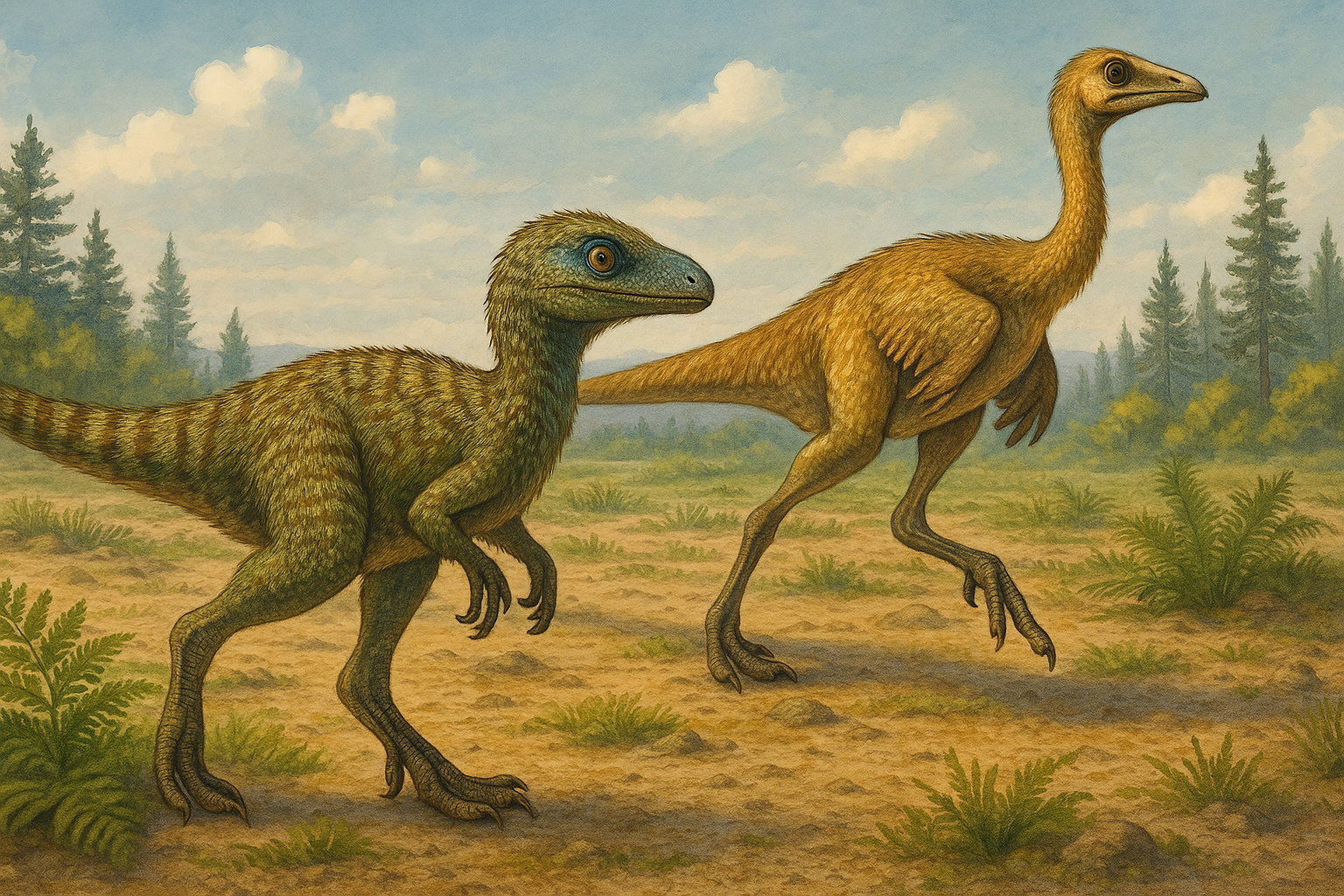

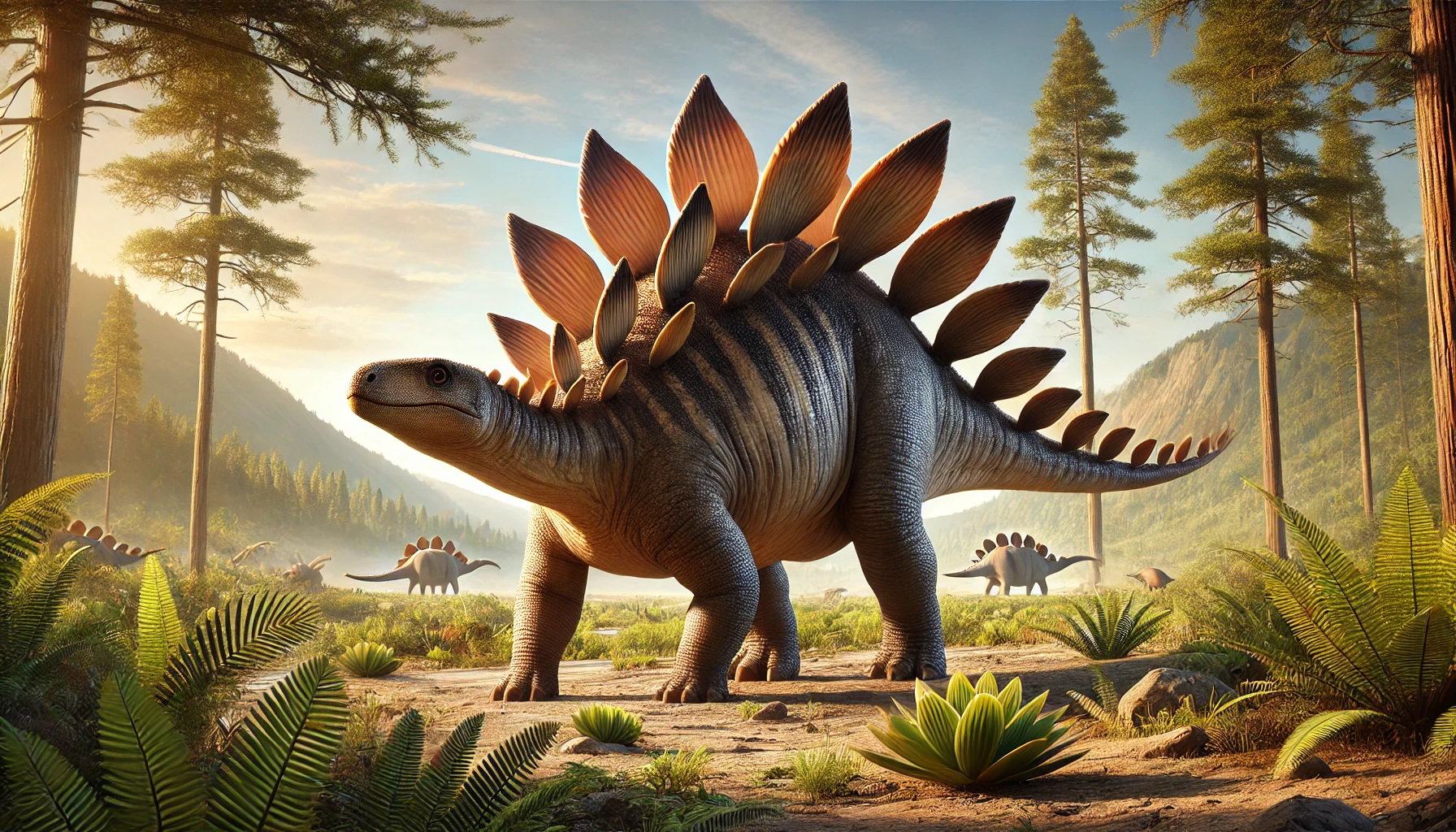
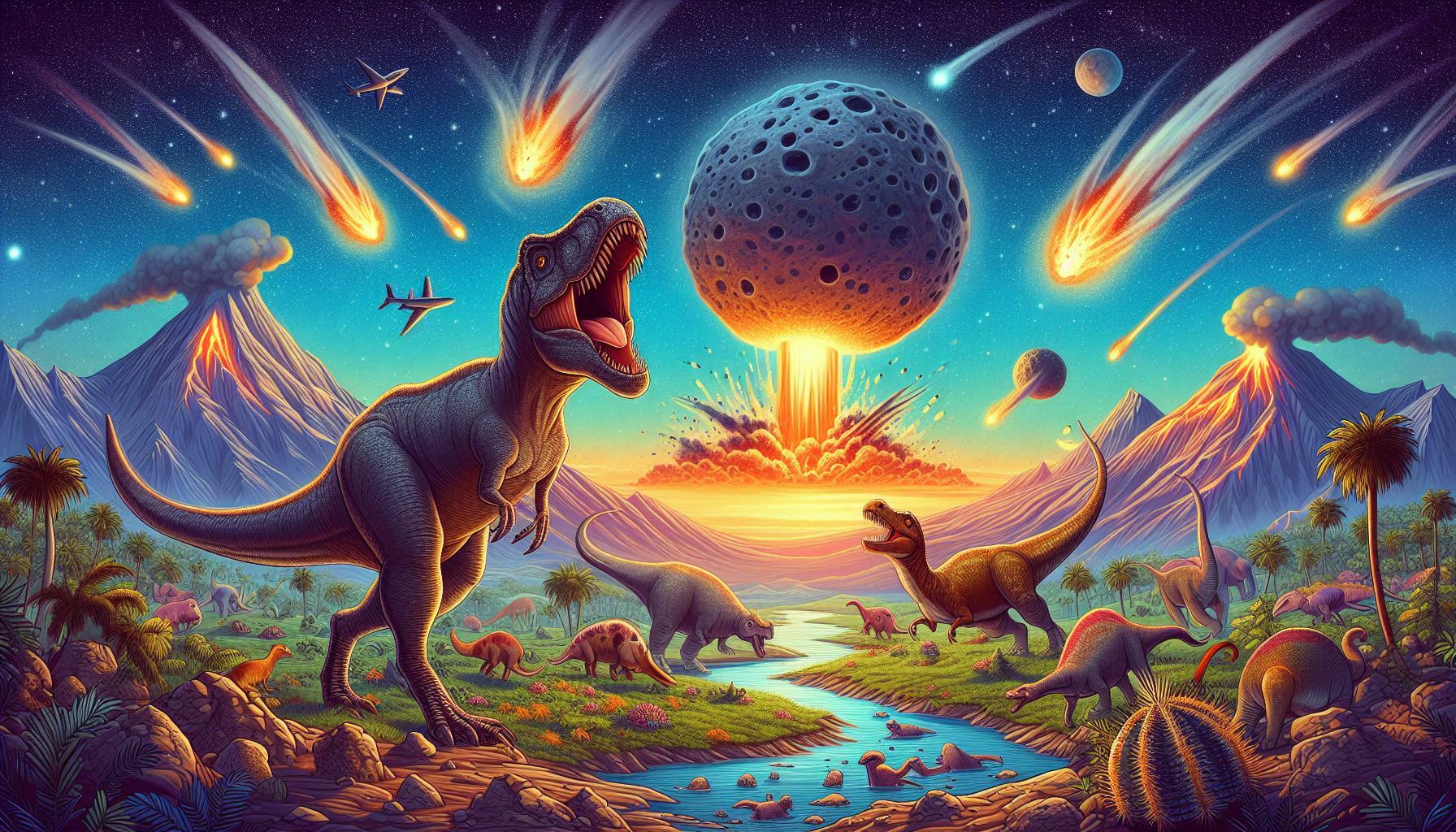
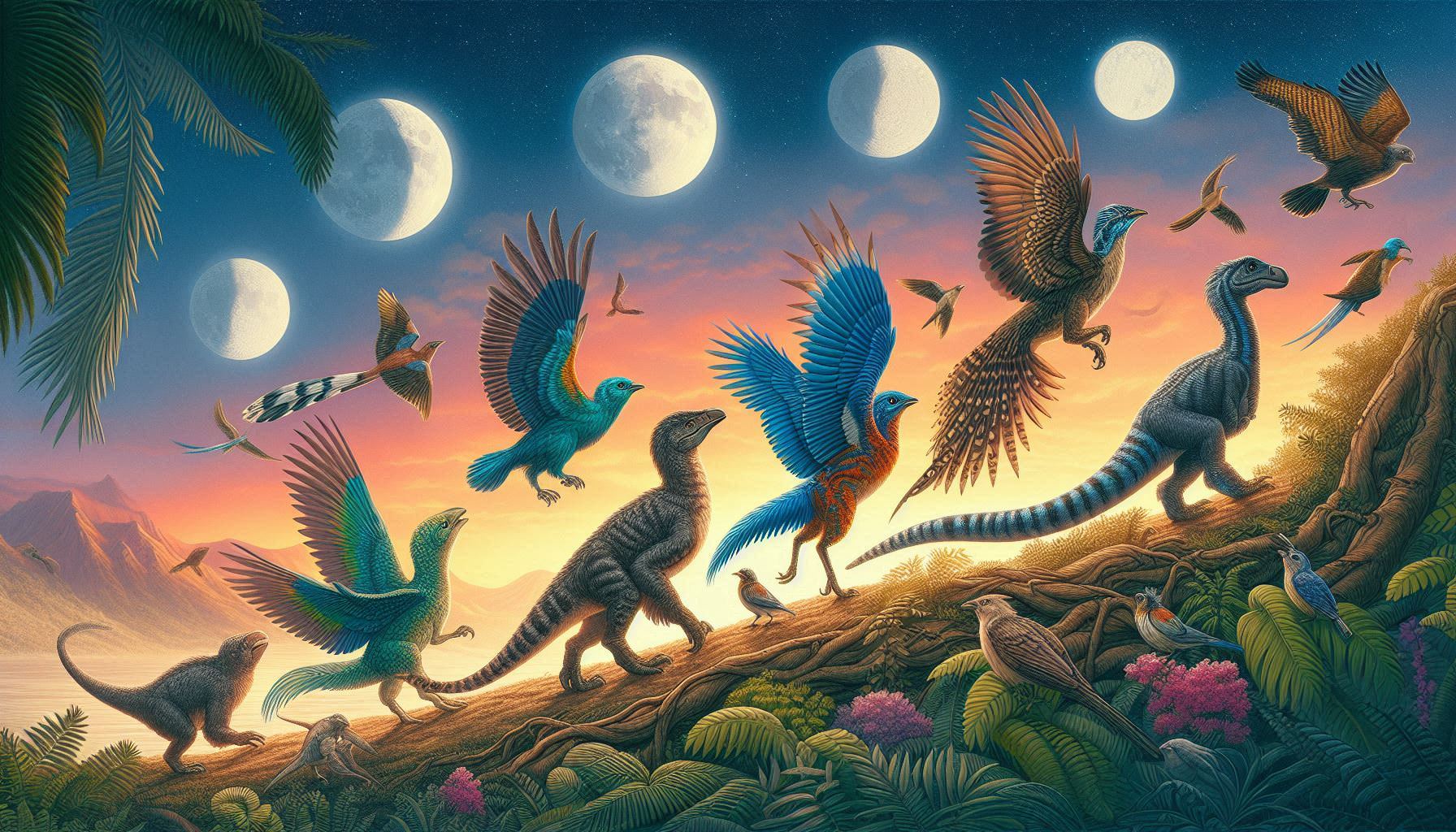

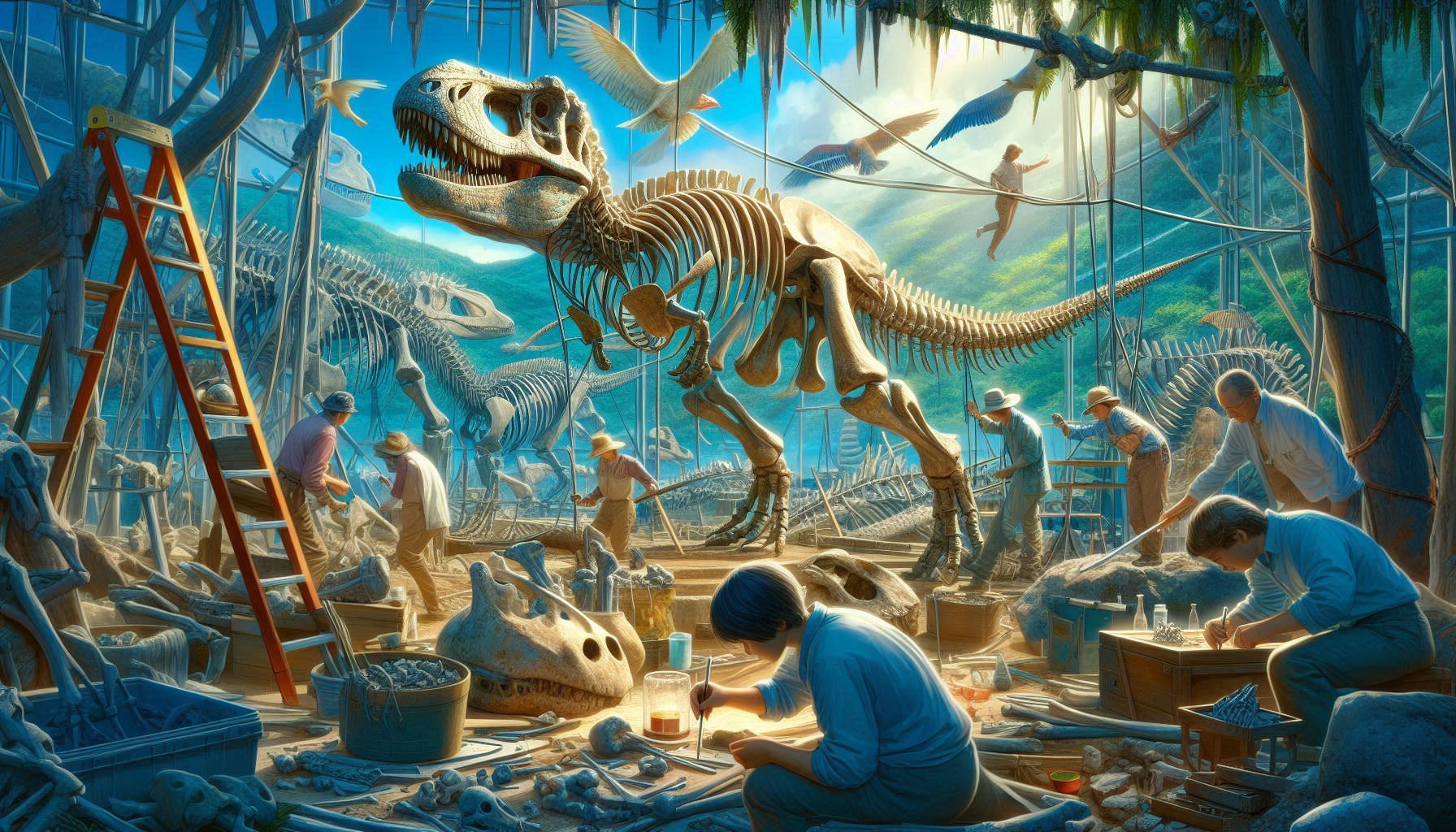
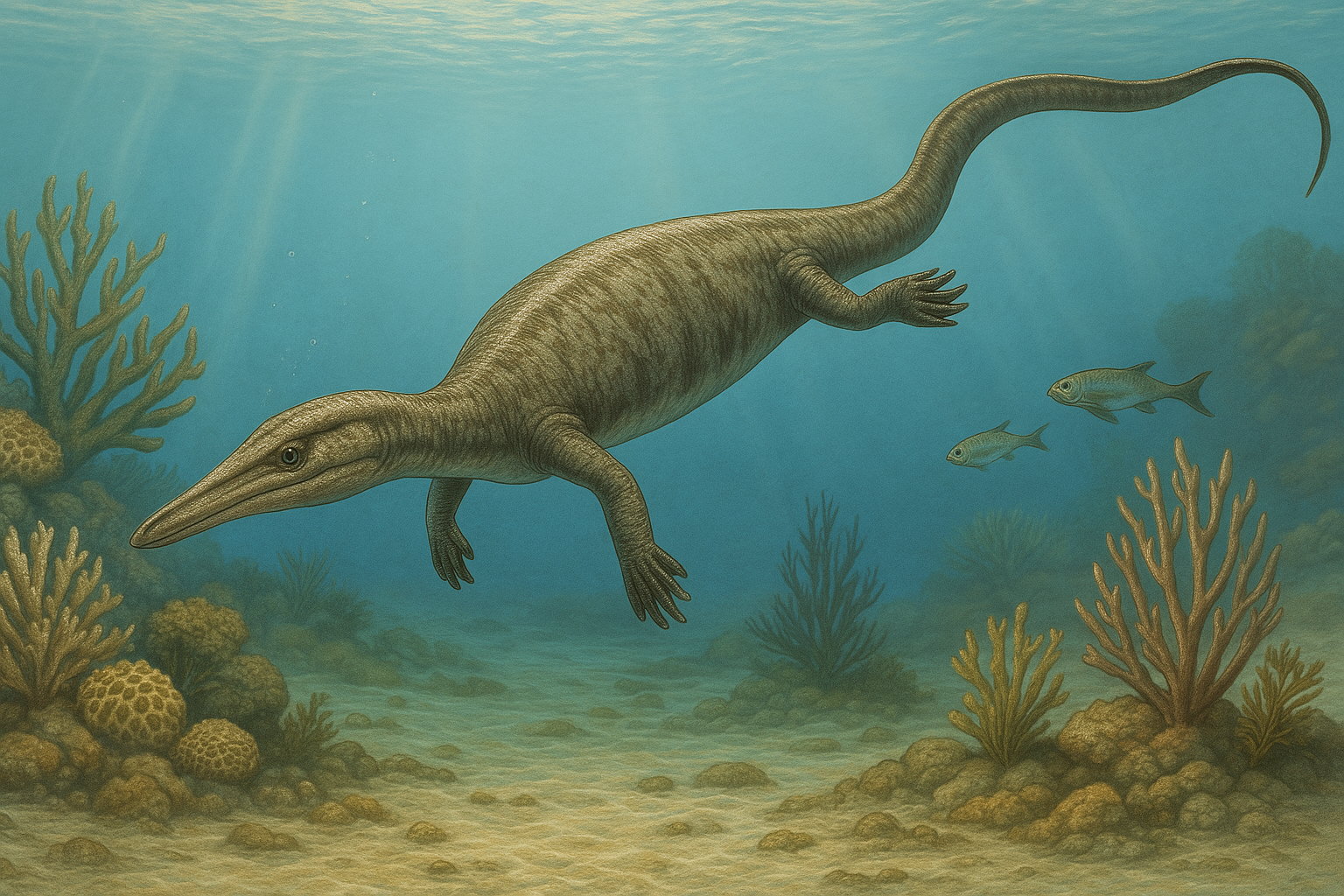
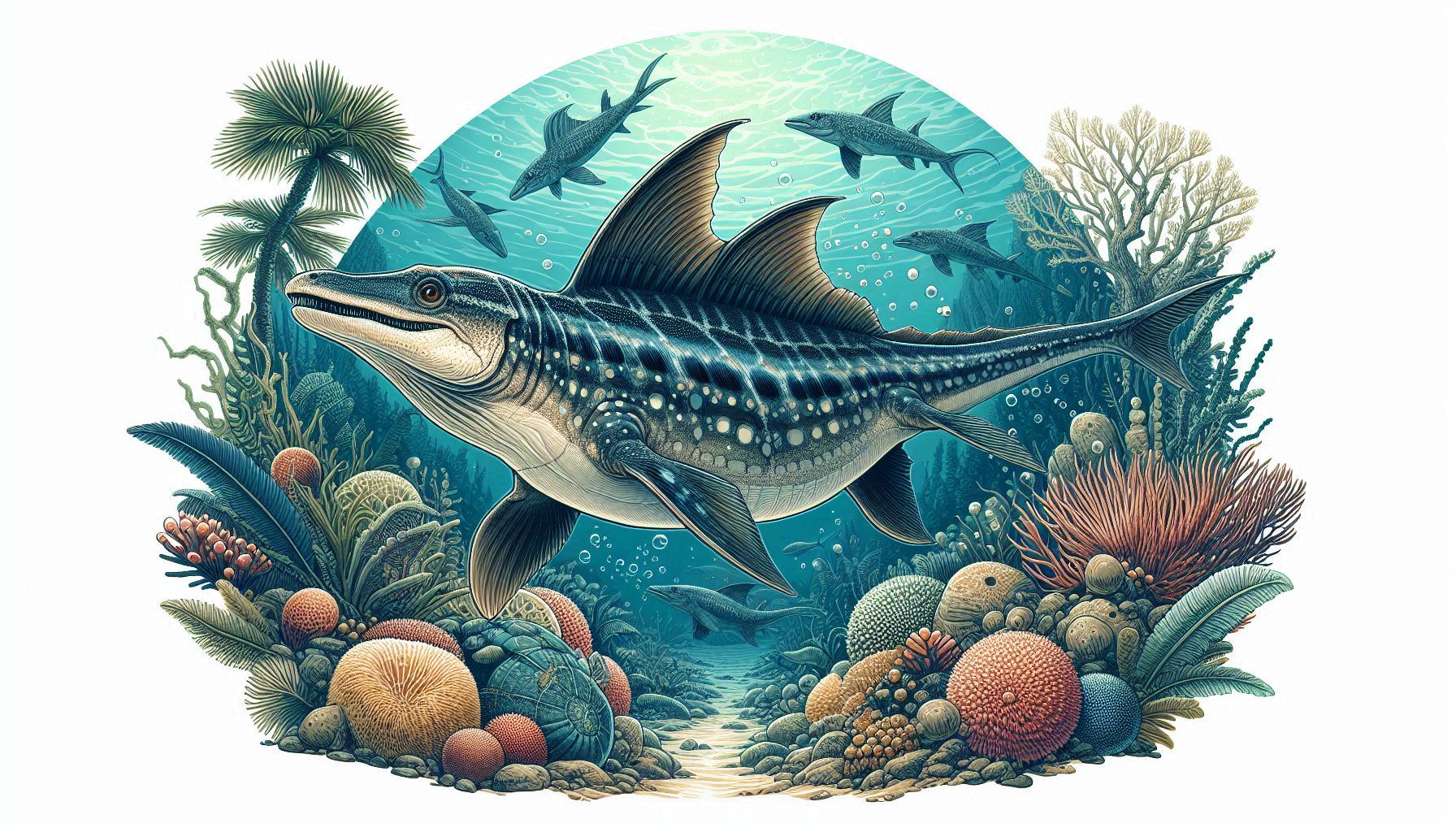
Useful info. Fortunate me I found your website by chance, and I am shocked why
this twist of fate did not took place in advance!
I bookmarked it.